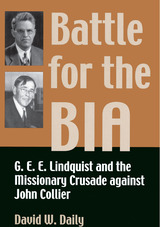
Although historians have viewed missionary opponents of Collier as faceless adversaries, one of their leading advocates was Gustavus Elmer Emmanuel Lindquist, a representative of the Home Missions Council of the Federal Council of Churches. An itinerant field agent and lobbyist, Lindquist was in contact with reformers, philanthropists, government officials, other missionaries, and leaders in practically every Indian community across the country, and he brought every ounce of his influence to bear in a full-fledged assault on Collier’s reforms.
David Daily paints a compelling picture of Lindquist’s crusade—a struggle bristling with personal animosity, political calculation, and religious zeal—as he promoted Native Christian leadership and sought to preserve Protestant influence in Indian affairs. In the first book to address this opposition to Collier’s reforms, he tells how Lindquist appropriated the arguments of the radical assimilationists whom he had long opposed to call for the dismantling of the BIA and all the forms of race-based treatment that he believed were associated with it.
Daily traces the shifts in Lindquist’s thought regarding the assimilation question over the course of half a century, and in revealing the efforts of this one individual he sheds new light on the whole assimilation controversy. He explicates the role that Christian Indian leaders played in both fostering and resisting the changes that Lindquist advocated, and he shows how Protestant leaders held on to authority in Indian affairs during Collier’s tenure as commissioner.
This survey of Lindquist’s career raises important issues regarding tribal rights and the place of Native peoples in American society. It offers new insights into the domestic colonialism practiced by the United States as it tells of one of the great untold battles in the history of Indian affairs.
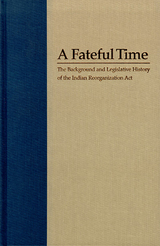
The Indian Reorganization Act (IRA) of 1934 has been generally acknowledged as the most important statute affecting Native Americans after the General Allotment Act of 1887, and it is probably the most important single statute affecting Native Americans during the two-thirds of a century since its passage. Over half the Native governments in the contemporary U.S. are organized under its provisions or under separate statutes that parallel the IRA in major ways. Although the impact of the IRA has been widely studied and debated, no scholar until now has looked closely at the forces that shaped its creation and passage. Author Elmer Rusco spent over a decade of research in national and regional archives and other repositories to examine the legislative intent of the IRA, including the role of issues like the nature and significance of judge-made Indian law; the allotment policy and its relation to Indian self-government; the nature of Native American governments before the IRA; the views and actions of John Collier, commissioner of Indian Affairs and leader in the campaign to reform the nation’s Indian policy; and the influence of relations between the president and Congress during the second year of the New Deal. Rusco also discusses the role of conflicting ideologies and interests in this effort to expand the rights of Native Americans; the general ignorance of Native American concerns and policy on the part of legislators engaged in the writing and passage of the law; and the limited but crucial impact of Indian involvement in the struggle over the IRA.
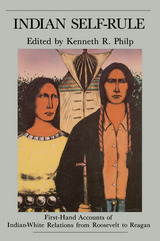
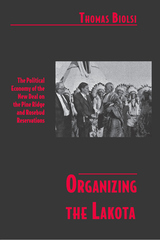
Biolsi pays particular attention to the administrative means by which the OIA retained the power to design and implement tribal "self-government" as well as the power to control the flow of critical resources—rations, relief employment, credit—to the reservations. He also shows how this imbalance of power between the tribes and the federal bureaucracy influenced politics on the reservations, and argues that the crisis of authority faced by the Lakota tribal governments among their own would-be constituents—most dramatically demonstrated by the 1973 Wounded Knee occupation—is a direct result of their disempowerment by the United States.
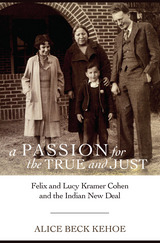
Kehoe argues that, due to anti-Semitism in 1930s America, Cohen could not speak for his legislation before Congress, and that Collier, an upper-class WASP, became the spokesman as well as the administrator. According to the author, historians of the Indian New Deal have not given due weight to Cohen’s work, nor have they recognized its foundation in his liberal secular Jewish culture. Both Felix and Lucy Cohen shared a belief in the moral duty of mitzvah, creating a commitment to the “true and the just” that was rooted in their Jewish intellectual and moral heritage, and their Social Democrat principles.
A Passion for the True and Just takes a fresh look at the Indian New Deal and the radical reversal of US Indian policies it caused, moving from ethnocide to retention of Indian homelands. Shifting attention to the Jewish tradition of moral obligation that served as a foundation for Felix and Lucy Kramer Cohen (and her professor Franz Boas), the book discusses Cohen’s landmark contributions to the principle of sovereignty that so significantly influenced American legal philosophy.
READERS
Browse our collection.
PUBLISHERS
See BiblioVault's publisher services.
STUDENT SERVICES
Files for college accessibility offices.
UChicago Accessibility Resources
home | accessibility | search | about | contact us
BiblioVault ® 2001 - 2024
The University of Chicago Press









